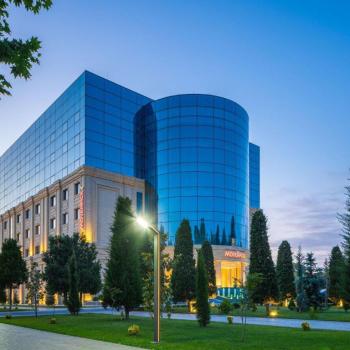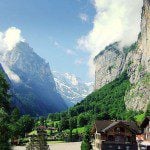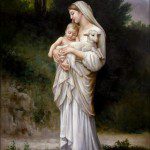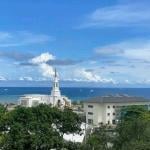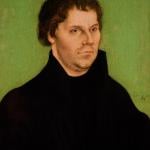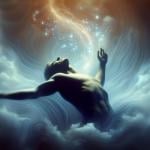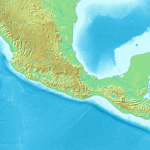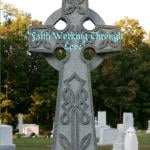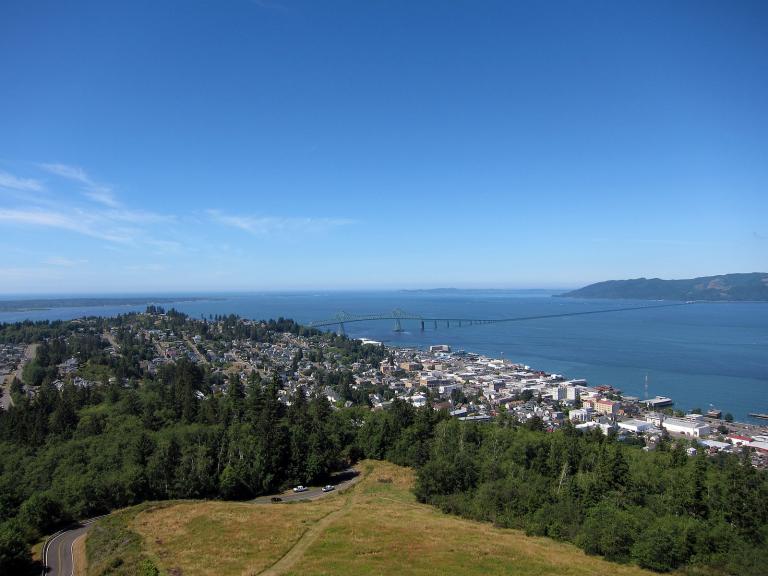
(Wikimedia Commons public domain image)
One of the recurrent themes in the Qur’an is a kind of simple natural theology, an argument from apparent “design” in nature to the existence of God. It’s by no means a rigorous syllogism, but, rather, an appeal to “those with eyes to see” to draw the right conclusion from the wonders of nature about them, an assurance to those who want to believe that their desire isn’t contrary to reason.
A typical passage is this one, in M. A. S. Abdel Haleem’s Oxford English translation:
“It is God who splits open the seed and the fruit stone: He brings out the living from the dead and the dead from the living—that is God—so how can you turn away from the truth? He makes the dawn break; He makes the night for rest; and He made the sun and the moon to a precise measure. That is the design of the Almighty, the All Knowing. It is He who made the stars, so that you can be guided by them in the dark, on land or sea: We have made the signs clear for those who have knowledge. It is He who first produced you from a single soul, then gave you a place to stay [in life] and a resting place [after death]. We have made Our revelations clear to those who understand. It is He who sends down water from the sky. With it We produce the shoots of each plant, then bring greenery from it, and from that We bring out grains, one riding on the other in close-packed rows. From the date palm come clusters of low-hanging dates, and there are gardens of vines, olives, and pomegranates, alike yet different. Watch their fruits as they grow and ripen! In all this there are signs for those who would believe.” (6:95-99)
***
With friends, we visited Fort Clatsop today. From December 1805 to March 1806, this area — where a visitors center and a replica of the original fort now stand — was the winter encampment for the Lewis and Clark expedition. While there, we took in a couple of short historical films and an explanatory demonstration of a flintlock musket (which, as it happens, was given by a summer ranger, now retired from Washington State government service in Olympia, who is a graduate of BYU).
We also visited Astoria and drove across the Columbia River for a brief visit to Washington.
Posted from Seaside, Oregon




